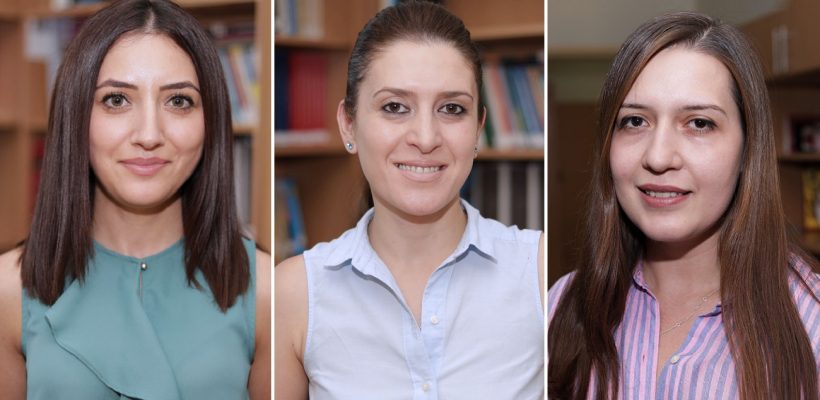
CHSR Researchers Publish in BMJ Open
2 min readThe researchers of the Avedisian Onanian Center for Health Services Research and Development (CHSR) of the Turpanjian College of Health Sciences (CHS) of the American University of Armenia (AUA) recently published an article in BMJ Open, an open-access, peer-reviewed academic journal dedicated to publishing research across a range of medical disciplines, public health, and epidemiology.
The article is titled “Tobacco-related risk perceptions, social influences and public smoke-free policies in relation to smoke-free home restrictions: findings from a baseline cross-sectional survey of Armenian and Georgian adults in a community randomised trial.” It is based on the “Smoke-free air coalitions in Armenia and Georgia project: A community randomized trial” implemented in partnership with Emory University and with support from the U.S. National Institutes of Health Fogarty International Center (FIC). The local partners are the National Institute of Health named after academician S. Avdalbekyan and the National Center for Disease Control and Prevention of the Ministry of Health. The project focuses on developing models that examine the impact of local coalitions in promoting interventions for smoke-free policies and public health practices.
The article is authored by Varduhi Hayrumyan, MS (MPH ‘16), Arusyak Harutyunyan, MD (MPH ‘09), Arevik Torosyan, MPH, MA, Lilit Grigoryan, MA, Zhanna Sargsyan, MS (MPH ‘18), Alexander Bazarchyan, MD, PhD, Varduhi Petrosyan, MS, PhD, Ana Dekanosidze, MD, MSc, Lela Sturua, MD, PhD, MPH, and Michelle C. Kegler, DrPH. It examines correlates of having no or partial versus complete smoke-free home (SFH) restrictions across Armenia and Georgia, particularly looking into smoking characteristics, risk perceptions, social influences and public smoking restrictions. A match-pair group randomized, controlled trial in 28 municipalities was conducted in Armenia (n=705) and Georgia (n=751). Both countries have a high prevalence of tobacco use, especially among men.
The study provided estimates of SFH restrictions in 28 communities in Armenia and Georgia and documented that most private homes lack smoking restrictions and remain a major source of secondhand smoke exposure (SHSe). The findings revealed important correlates of having no or partial SFH restrictions and some cross-country differences, including demographic and smoking characteristics, people’s perceptions and beliefs of the harms of SHS and thirdhand smoke exposures, as well as the lack of enforced smoke-free restrictions in various public places. These findings are important for improving and targeting interventions to protect people from SHSe and for reducing the harms of smoking in former Soviet Union countries with similar tobacco control regulations. The findings of the article also highlight the importance of comprehensive smoke-free laws and regulations in changing household smoking behaviors.
The AUA Turpanjian College of Health Sciences works actively to improve population health and health services in Armenia and the region through interdisciplinary education and development of public health professionals to be leaders in public health, health services research and evaluation, and health care delivery and management.
